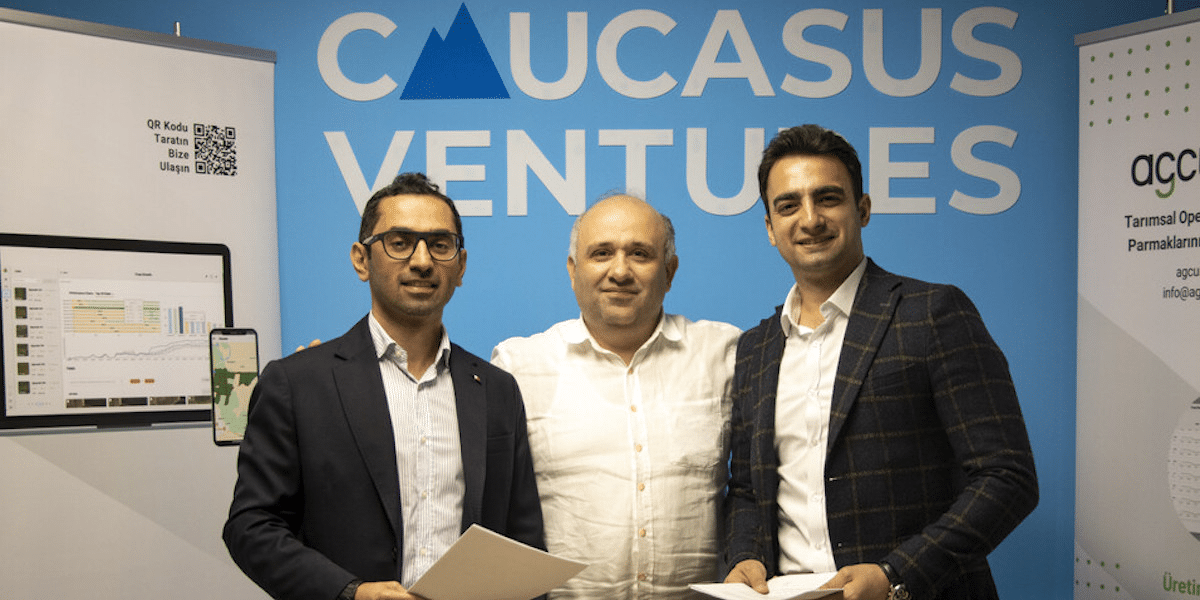Image Commercially Licensed from Unsplash
In today’s interconnected world, where digital systems permeate every aspect of human lives, the importance of expansive cybersecurity measures cannot be overstated. Organizations must maintain a proactive stance in safeguarding sensitive information and countering cyber threats due to the continued presence of malicious actors.
Among the technologies garnering significant attention in cybersecurity is artificial intelligence (AI). Harnessing the power of AI will allow organizations to revolutionize security practices for a safer digital world. “By understanding the opportunities AI offers to strengthen digital defenses and recognizing the associated risks,” shares Eric Sugar, president of ProServeIT, “we can help businesses work toward a more secure digital world.”
The good: harnessing the power of AI in cybersecurity
AI holds the transformative potential to improve current threat detection and proactively prepare for potential threats. AI helps save resources and time, enabling organizations to serve all stakeholders better.
Improved threat detection
With the help of advanced cybersecurity systems, organizations can now analyze large amounts of data in real-time. By sifting through immense data sets, AI algorithms can identify subtle patterns, anomalies, and indicators of potential attacks that might elude traditional rule-based systems. “This is an excellent advantage as it allows businesses to respond quickly and effectively, thus reducing the risk of data breaches and minimizing damages,” says Sugar.
Automated response and remediation
Artificial intelligence can significantly improve security incident response by quickly identifying and neutralizing potential threats. “Through autonomous actions such as quarantining infected systems, patching vulnerabilities, and initiating countermeasures, AI can reduce the workload of human security teams and effectively mitigate the impact of attacks,” Sugar explains.
This automation streamlines security operations and frees up human resources to focus on more complex and strategic aspects of cybersecurity. AI’s ability to automate response and remediation represents a significant stride forward in fortifying defenses against ever-evolving cyber threats.
Enhanced anomaly detection
By analyzing network traffic or user behavior, AI algorithms can detect patterns and anomalies that may indicate cyber threats. This proactive approach empowers organizations to stay one step ahead, effectively countering threats before they materialize into significant breaches.
Predictive analytics
While responding promptly to existing threats is crucial, organizations can gain a competitive edge by adopting a proactive cybersecurity stance. “This is precisely where AI’s predictive analytics capabilities come into play,” Sugar says. “AI can forecast future cyber threats and trends by leveraging historical data and employing sophisticated machine learning algorithms.”
Improved authentication and access control
AI-powered authentication systems enhance the accuracy and reliability of authentication processes by harnessing biometric and behavioral analysis techniques. Organizations can then fortify their access control mechanisms, mitigating the risks associated with compromised credentials and identifying theft.
The bad: challenges and concerns in AI-driven cybersecurity
“While AI presents immense potential in bolstering cybersecurity, it is not impervious to exploitation,” Sugar remarks. “By understanding these challenges, one can proactively identify their particular vulnerabilities and seek to improve the implementation of AI in their cybersecurity processes.”
Adversarial attacks
Adversaries can inject malicious data or manipulate the learning process, tricking AI systems into making erroneous judgments. This raises concerns about the reliability and integrity of AI-powered security measures, particularly when critical decisions rely on algorithmic outputs.
Privacy concerns
“AI systems in cybersecurity often rely on extensive data collection and analysis to function effectively,” explains Sugar. “Because of this, many are concerned about the privacy implications and the potential misuse or unauthorized access to sensitive user information.”
For example, in 2018, the European Union (EU) deployed the General Data Protection Regulation (GDPR), which “protects individuals’ privacy by regulating their data processing. Regardless of the company’s location, it must comply with the regulation if it processes the personal data of EU citizens. The GDPR mandates transparency, accountability, and personal data protection, and organizations must comply with these requirements.”
Other countries, such as India, have also implemented data-protection laws to protect private information about their citizens.
Lack of human oversight
Despite the immense capabilities of AI to automate and streamline certain tasks, Sugar warns that it should never be used as an outright replacement for human interaction.
“Over-reliance on AI systems without appropriate human intervention can lead to false positives (and negatives), misinterpretation of results, and false information,” he says. “Human oversight and judgment are still necessary to ensure the continued accuracy of data and results to analyze AI-generated insights, evaluate risks, identify security gaps, and make informed decisions.”
Limited interpretability
Deep learning neural networks and AI algorithms can be challenging to interpret and understand. The lack of transparency in how these models arrive at their decisions can pose significant obstacles in investigating security incidents or explaining outcomes to stakeholders.
Skills and resource requirements
“Small organizations — or those with limited budgets — may face challenges in adopting and maintaining technologies such as advanced AI algorithms,” Sugar says. “This can result in a divide, with larger and resource-rich entities enjoying advanced cyber defense capabilities while smaller organizations struggle to keep up. Bridging this gap requires making AI-driven cybersecurity more accessible, inclusive, and adaptable to diverse organizational needs and resource constraints.”
AI in cybersecurity offers a promising future for digital defenses and mitigating cyber threats. While there are still challenges and concerns surrounding the technology, experts like Sugar tend to agree that its pros outweigh the potential cons. With proper resource allocation and education, AI can be an invaluable tool to help everyone against cybercriminals, but only when appropriately used and paired with human intervention — the two are not mutually exclusive.
As the digital world continues to move forward, stakeholders, policymakers, and cybersecurity professionals must collaborate to establish best practices, standards, and regulations to ensure the responsible and ethical use of AI in cybersecurity.












